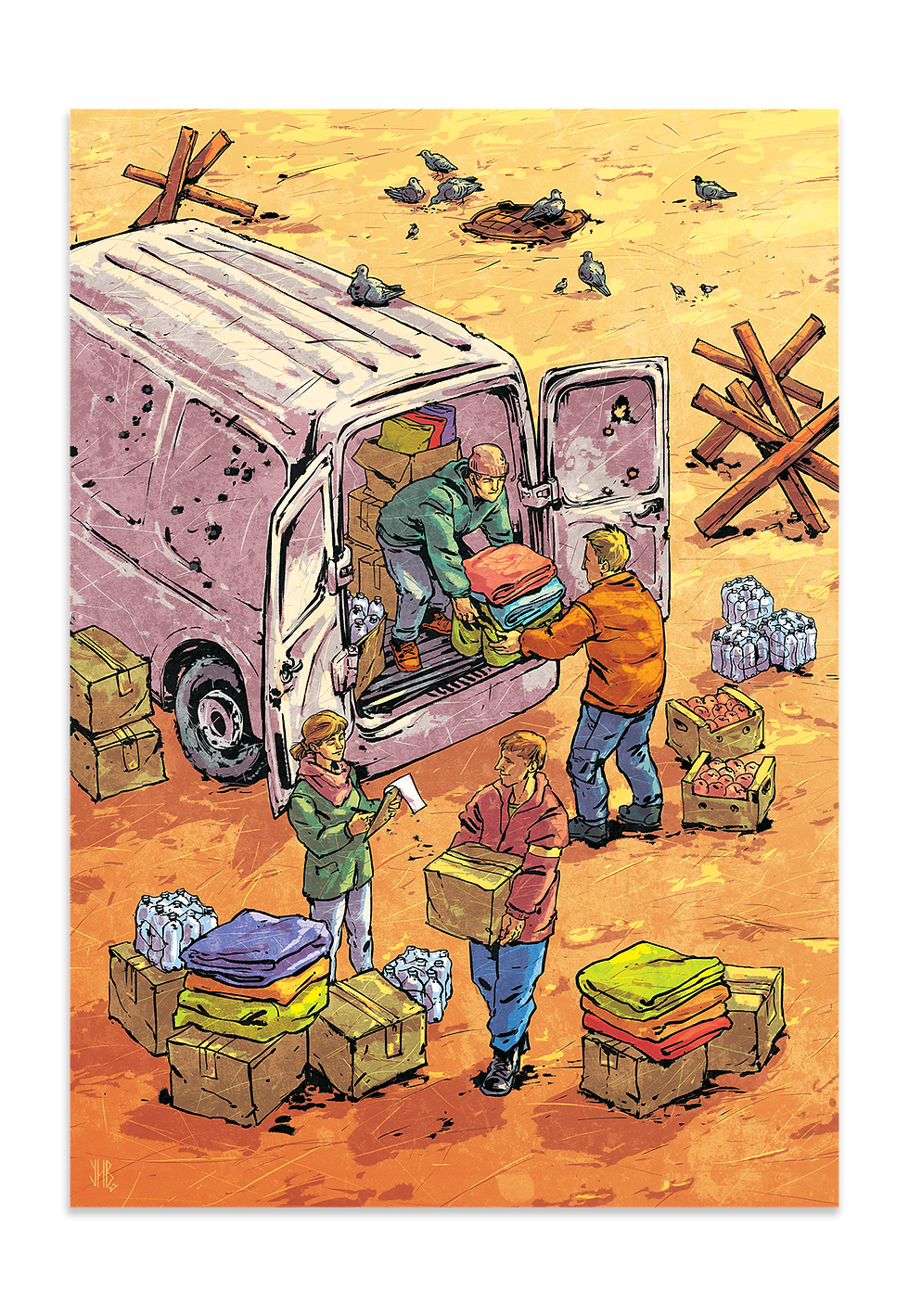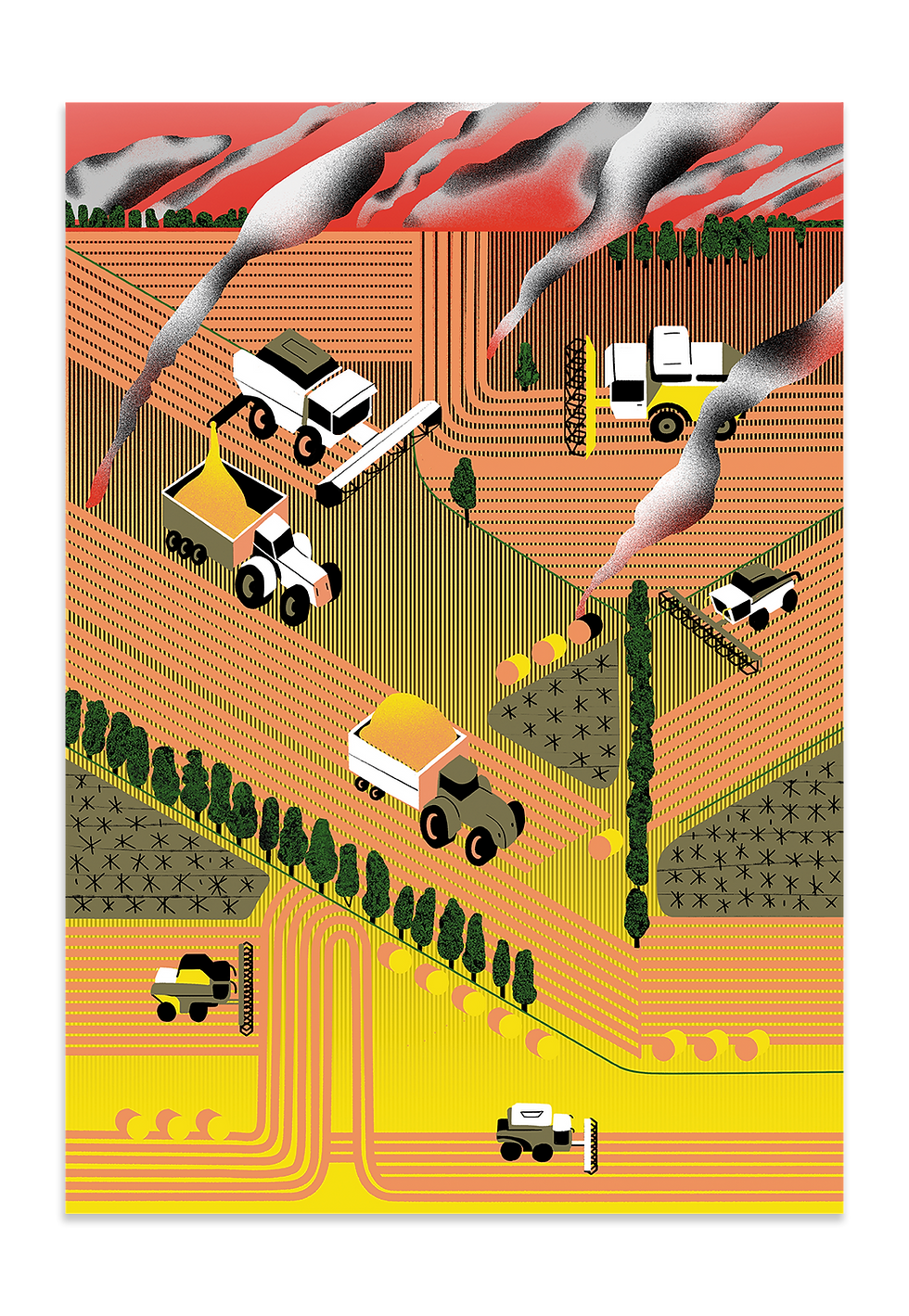Volunteering and the University of the Third Age
- Pictoric

- Dec 1, 2022
- 2 min read
Story and photo: Liudmyla Buha
Illustration: #SophiaRunova

//
"If I didn’t volunteer and go to the University of the Third Age, I don't know how I would have survived all this tragedy. But still I do something useful," says Liudmyla Buha. Mrs. Liudmyla has been attending the University in Stryi (which is near Lviv) for a long time. The peculiarity of the University is its students: all of them are about 60—80 years old.
The institution has foreign language and computer literacy sections, as well as various clubs. Even during the pandemic and the war, older people gathered for meetings. At one of these meetings, when Russia had already carried out the full-scale invasion of Ukraine, Mrs. Liudmyla heard that her colleagues were volunteering at the Stryi Raion Humanitarian Headquarters Klaptyk Nadii. So this lady joined the University group and began regularly visiting the headquarters in mid-March. Mrs. Halyna, a host of a book club at the University, comes to volunteer together with Mrs. Liudmyla. A few more people join whenever possible.


At first, women wove camouflage nets for the Armed Forces of Ukraine, they used well-worn camouflage trousers, cleaned them, cut them into strips, and then made nets from the strips. Subsequently, another task came from the headquarters manager—to make camouflage "kikimora" and "covers". "Kikimora" looks like a furry camouflage-coloured robe with a hood, and "covers" are camouflage covers for helmets.
To make one "kikimora", Mrs. Liudmyla and her colleagues need about two days and at least 17 sweaters of the required colors. Other colleagues from the University who work from home help with unraveling sweaters and winding yarn balls out of the thread. Sometimes it is possible to get sweaters for free thanks to humanitarian aid, and when they need a specific colour, women buy second-hand clothes by weight. They also need to find a lot of threads. Women are told exactly where the "kikimora" will be sent, because its color will depend on it. If a soldier is in the north, where there are many trees, then green shades are used. If they are in the south, where the grass and sand have turned yellow, the colors are yellow and grey. Sometimes fighters are in places where everything has completely burned out after the bombings, then the volunteers take dark grey and black cloth.
In five months of work, the University group has already produced 30 "kikimora" and even more "covers". Mrs. Liudmyla sincerely worries about and cares for the brave defenders of Ukraine. She says that recently a female sniper came to them—a young woman who defends the country. Mrs. Liudmyla knows that her volunteer work will protect this soldier and her other colleagues in the fight against the Russian invaders.







Comments